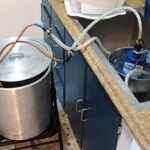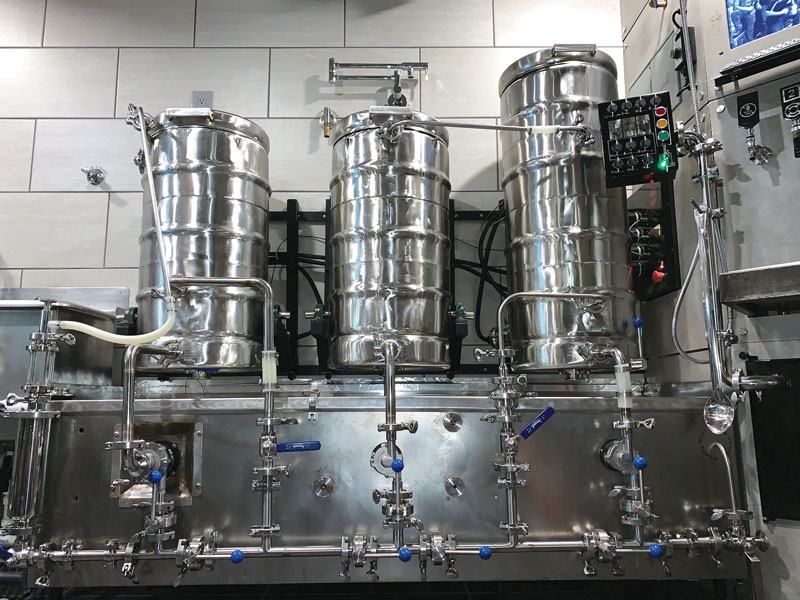Topic: Brewing Tips
Brewing Helles
Brewing a well-made Helles is the ultimate test of skill. The recipe may be simple but the execution is challenging with no place to hide any flaws. But that end result of
Quick Sour Beer Techniques
Sour beer is rising in popularity, but not everyone has the patience or confidence to allow wild airborne yeasts and bugs do the job changing your clean wort to a sour beer.
Pilsners of the World
The Pilsner beer style began in the Czech city of Pilsen, but has been adopted and adjusted to consumer tastes worldwide since its origin. Get to know the modern Pilsners of the world, what makes them different, and how you can make each at home.
Wort Chilling Advice
Actively chilling wort after the boil is complete is an optional task that often requires a lot of water. Learn why we generally try to rapidly chill our wort, the methods and equipment utilized, and some best techniques when using the various systems homebrewers have devised.
Blending Fruit Wine in Beer
Sounds like you have access to some great stuff! Love the idea of blending fruit wine into beer and hope to give you some ideas on how to make this practical. Perhaps
It’s In the Bag
Brew-In-A-Bag (BIAB) is an easier and less costly way for homebrewers to brew all-grain batches. Learn the nuances of this technique that saves time and space.
A Synergy of Opposites
A homebrewer shares his experience brewing a new IPA that crosses the positive attributes of brut IPA and milkshake IPA. The result is a dry, hoppy beer with a full mouthfeel, and it proved popular in its first commercial release after he was invited to help brew it at a brewery in Florida.
pH vs. TA in Sour Beers
pH might not be the most effective method for measuring the perceived sourness when brewing beer. Due to various acid strengths and the buffering capacity of different worts, titratable acidity (TA) is the
Low and No-Alcohol Beer Production for Nano Breweries
A renewed interest in No-Alcohol (NA) beers as well as an overwhelming demand for more low-alcohol style choices has resulted in more and more craft breweries rolling out their own non-alcoholic beers.
Keys to a Successful Small-Scale Barrel-Aging Program
Learn the keys to running a small-scale barrel-aging program at your brewery from sourcing barrels to space saving ideas to tracking the progress of each beer. Michael Tonsmeire not only specializes in
Dry Hopping: Tips from the Pros
While research is still being done to learn how to get the most from dry hopping, we asked three brewers known for their dry-hopped beers to share their approach.
Calculating Ice Requirements For Wort Chilling
Cold water tanks are commonplace in commercial breweries because they are handy reservoirs of cooling potential and help to spread the cooling load on refrigeration systems associated with wort cooling from as










